

Conwy
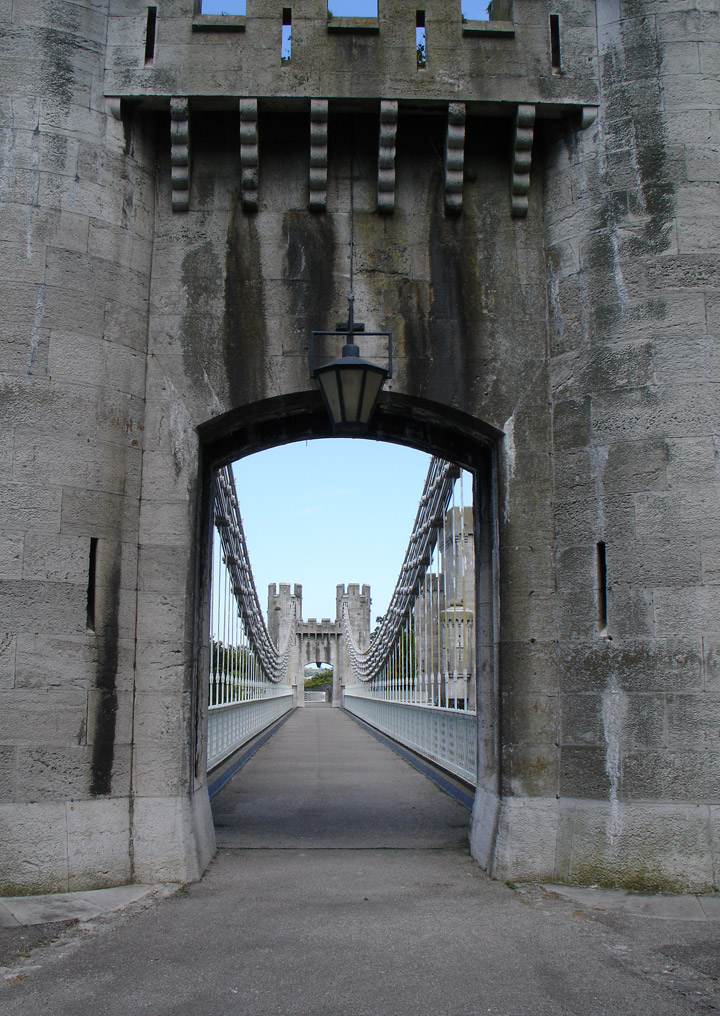
Conway Suspension Bridge designed and built by Thomas Telford in 1826
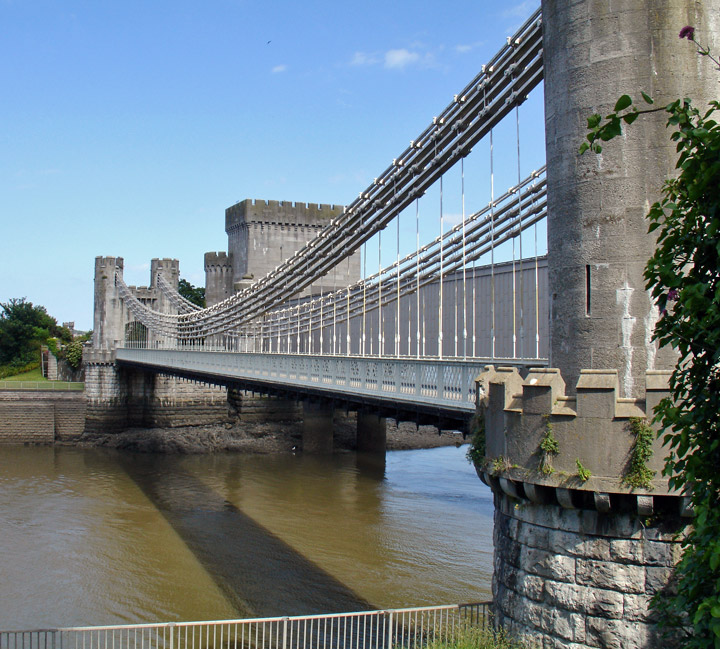
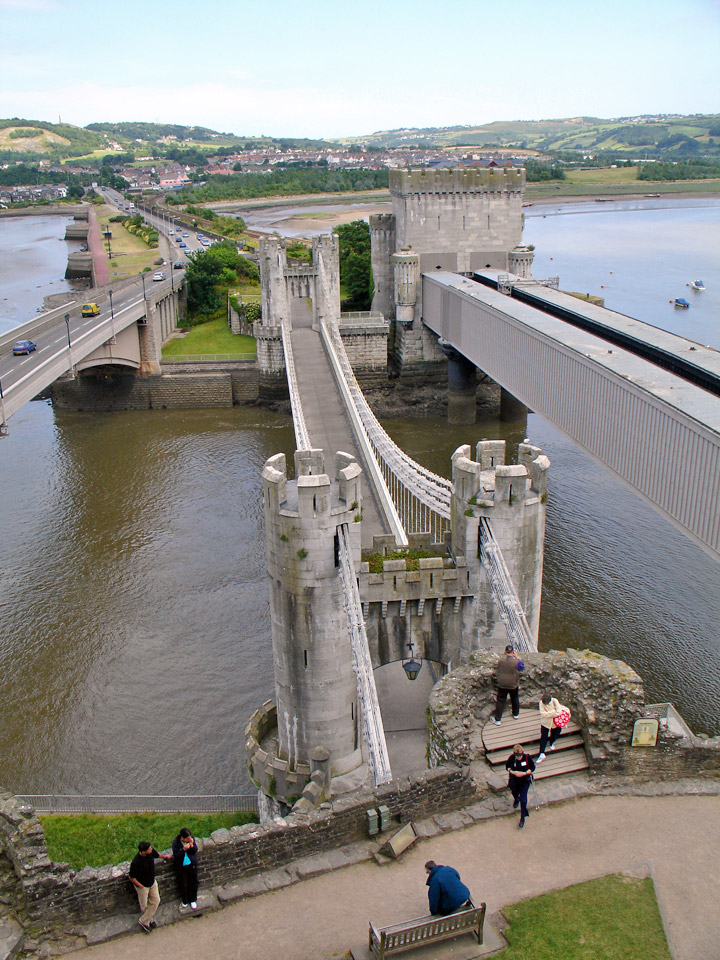
Suspension Bridge with rail bridge on the right and the highway bridge on the left
On our way to Conway Castle we will cross over the Conway Suspension Bridge designed and built by Thomas Telford in 1826 replacing the ferry. which was previously the only means of crossing the river. The bridge was built in the main, to improve the connection between London and Dublin and to carry mail between those two cities via the port of Holyhead. The bridge is situated in the shadow of the thirteenth century castle and reflects its architecture.

plan of the old walled city
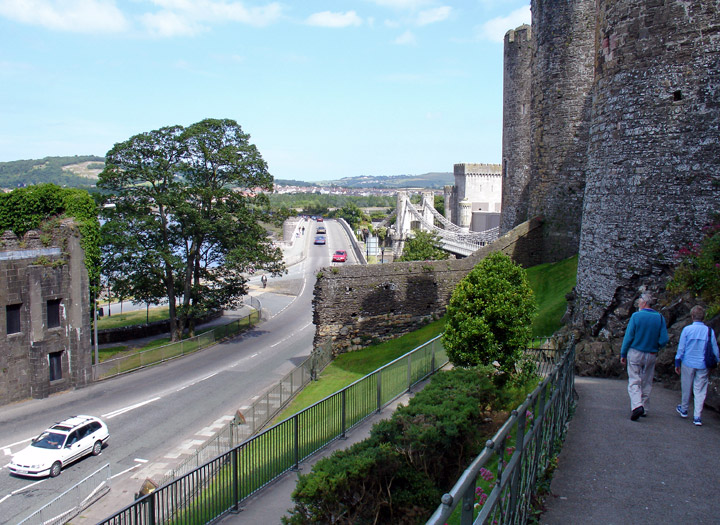
highway gate in the wall
The walls of Conwy are judged the finest in Britain. They are not only completely intact, but largely unencumbered by later building, and still give the impression of enclosing and protecting the town. Like the castle, their history is well documented. and they are sufficiently well-preserved in detail to demonstrate all the tactical features of their design.
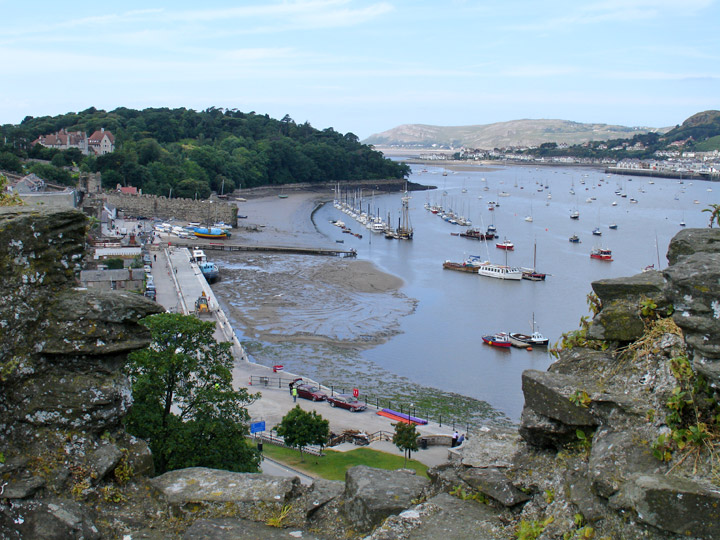
Conwy shoreline at low tide
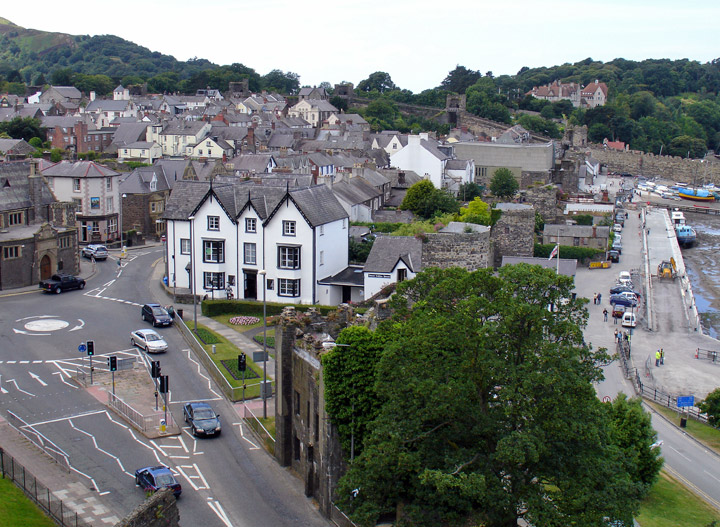
the town wall

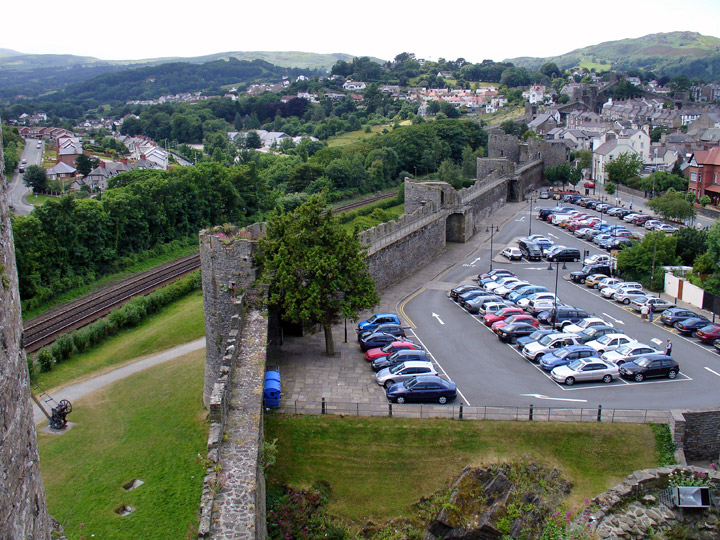
castle portion of the town wall
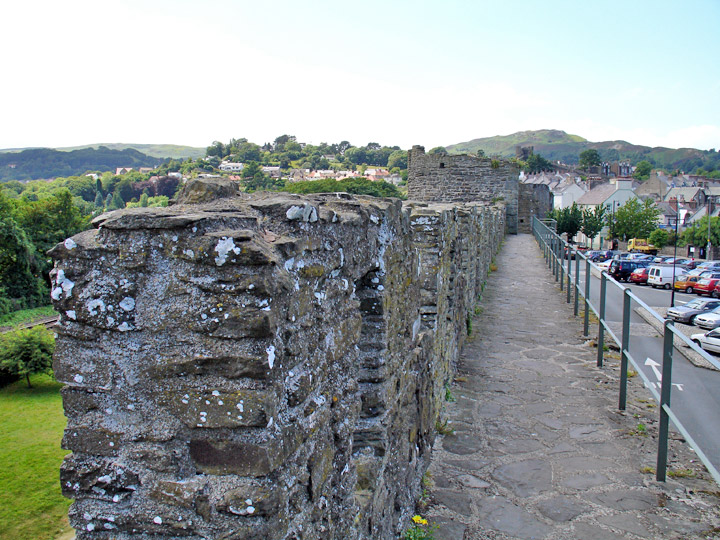
on the wall
The circuit of the wall is 3/4 of a mile in length. with 21 towers at regular intervals of about 46m. The wall is 1.68m thick and 9m high. with towers rising to 15m. Externally it presented a continuous stone face. but the towers were open-backed. the wall-walk maintained across then by a series of removable wooden bridges. This insured that each section. with its independent stair to ground level, could he isolated if it was attacked and scaled. At wall-walk level, each tower had a floor (set back from the bridge) which gave access to the lower arrow slits and to a stair to the battlements. They may not have been roofed.

the Bridge Inn
The wall and towers provided 480 firing positions, the projecting towers
covering the base of the wall to either side.
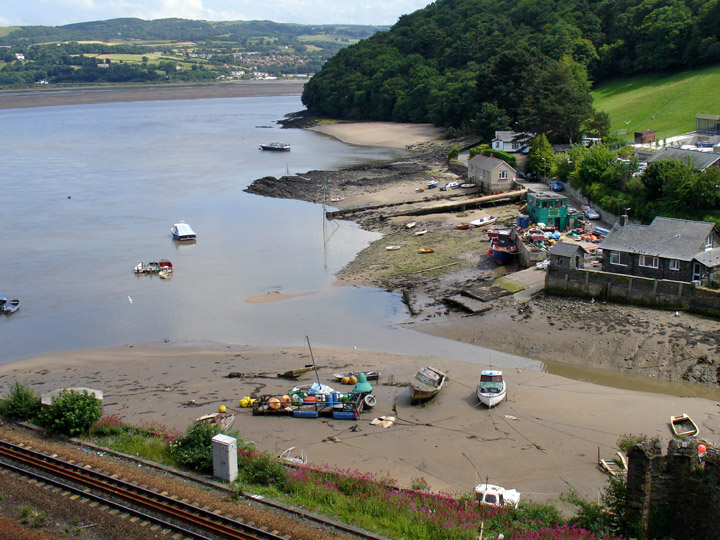
low tide
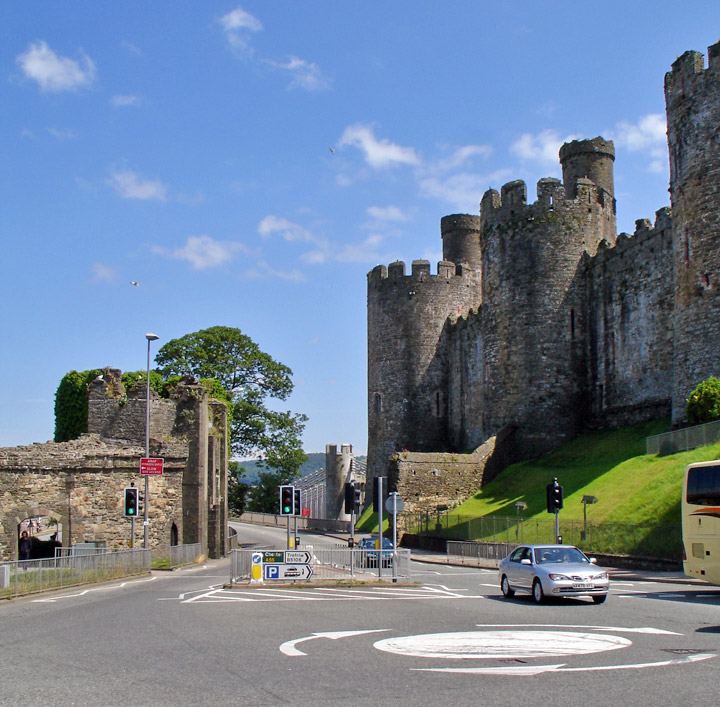
gate to the Conwy highway bridge
The wa1l was fronted by a ditch on the north and west sides, and was pierced originally by three double-towered gates and two posterns. The only landward gate. on the northwest. was very heavily defended. but the others. fronting the two rivers, were less so. The town walls were linked to the castle by lengths of narrow walling, too narrow for attackers to run along.
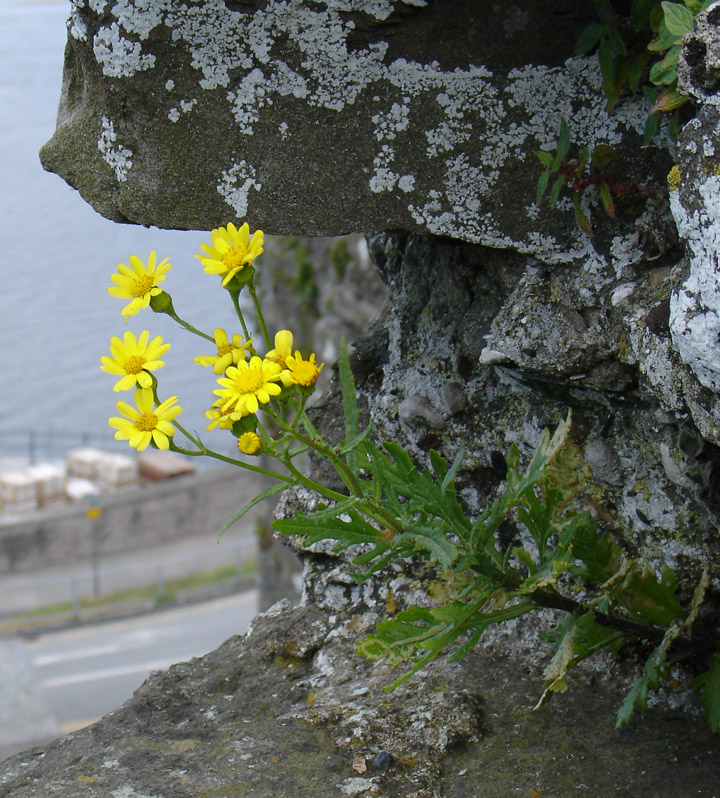
flowers in the wall
The construction of the town walls went hand in hand with that of the castle,
and they were essentially complete by 1286. The surviving accounts and a study
of the different stone used show that, usually, the towers were built first. up
to wall-walk level, then the curtain wall was built to link them. and finally
the upper part of the tower and all the battlements were added. The town walls
were still a useful defense during the Civil War. What is remarkable is their
subsequent survival during 19th-century development. Both the Telford and
railway company towers were careful to maintain their visual integrity.
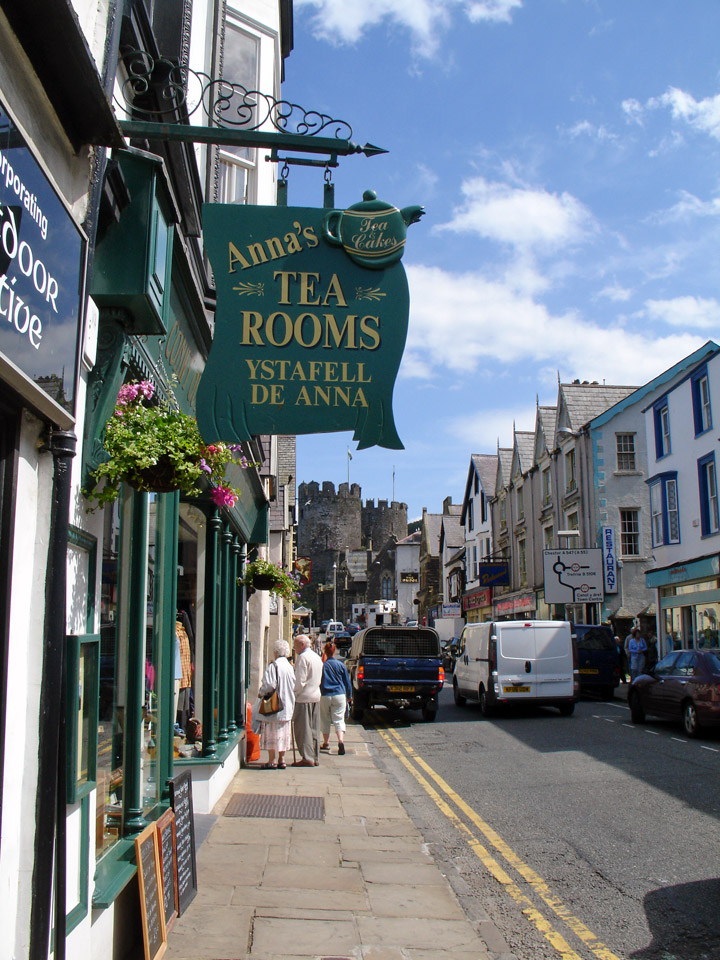
tea room
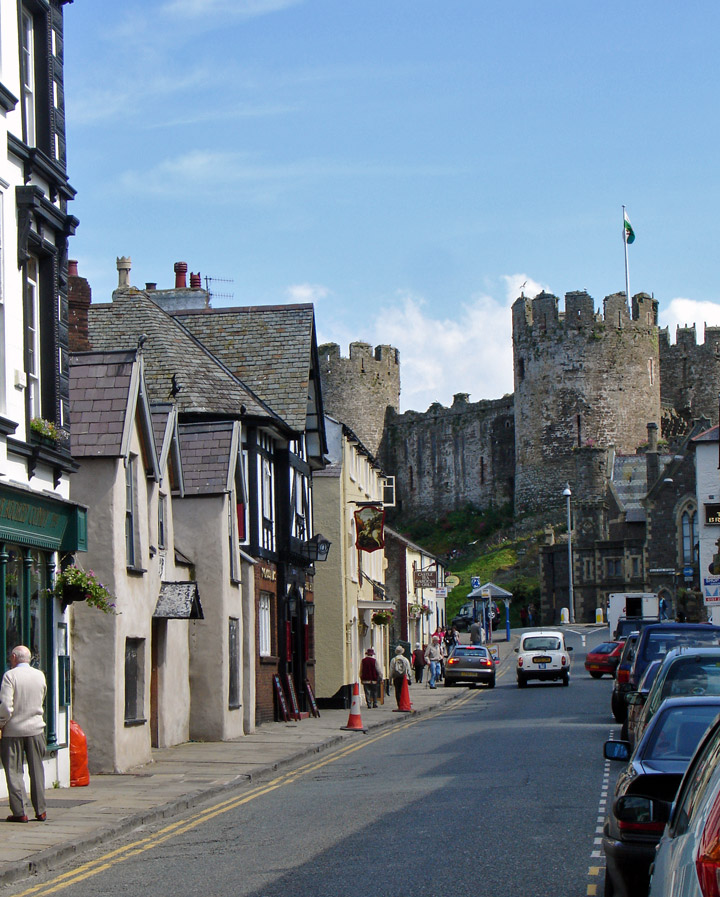
Castle Street
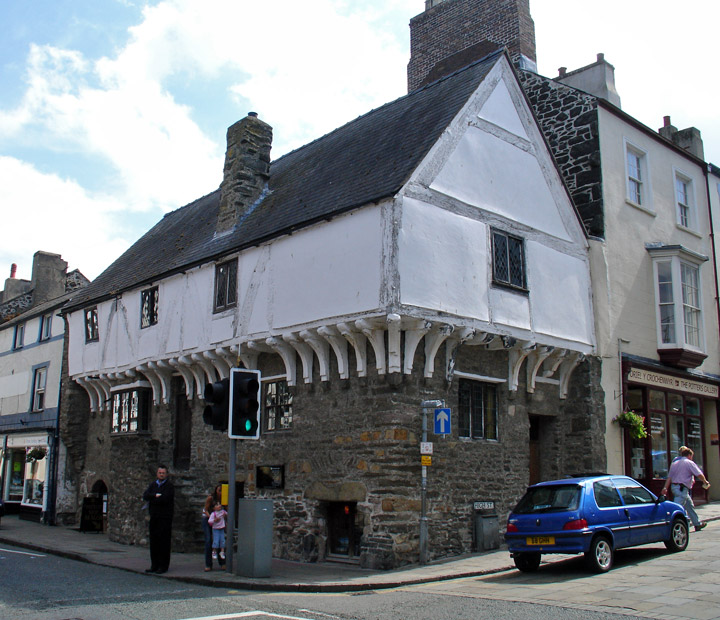 \
\
Aberconwy House

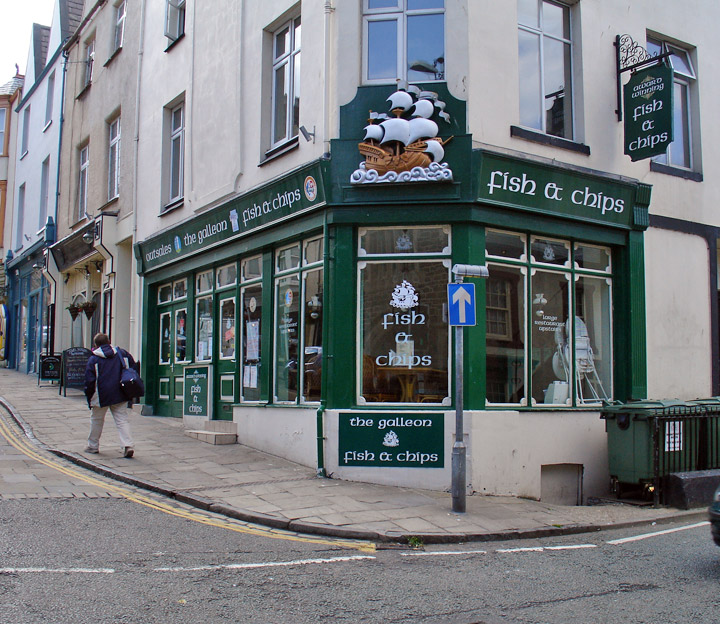
fish and chips

boats on the shoreline

The Smallest House in Great Britain
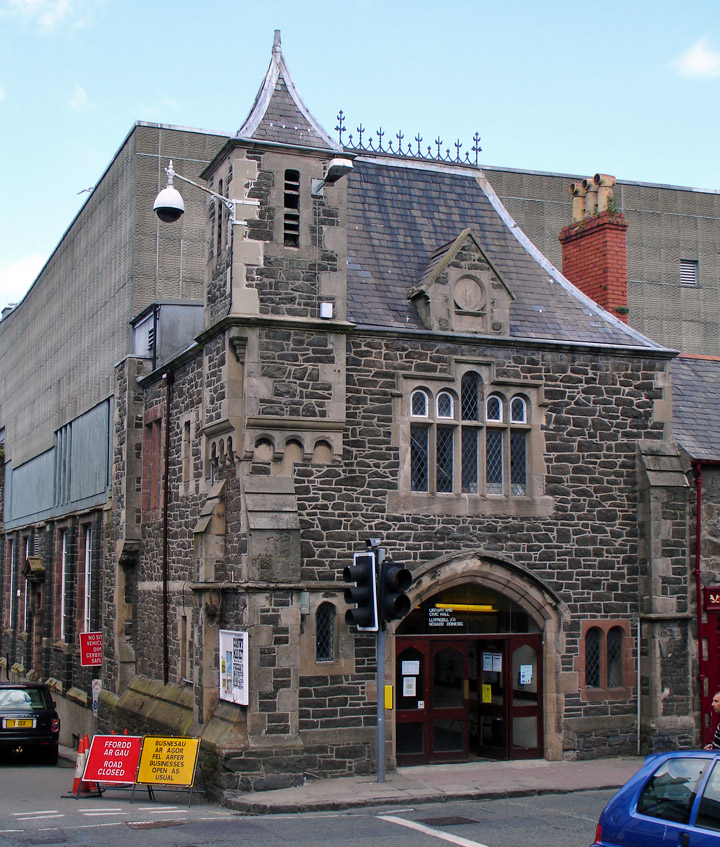
Guild Hall

Castle Hotel
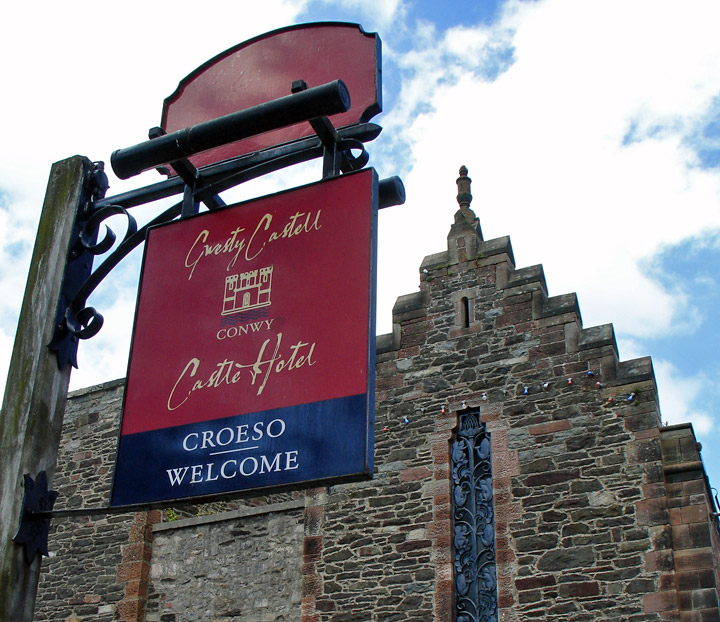
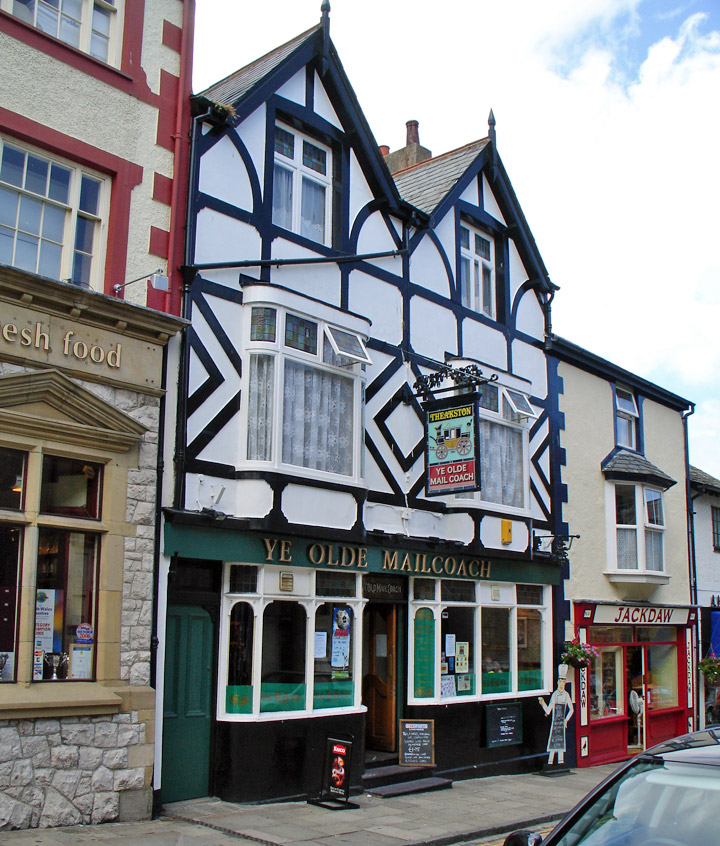
Ye Olde Mail Coach
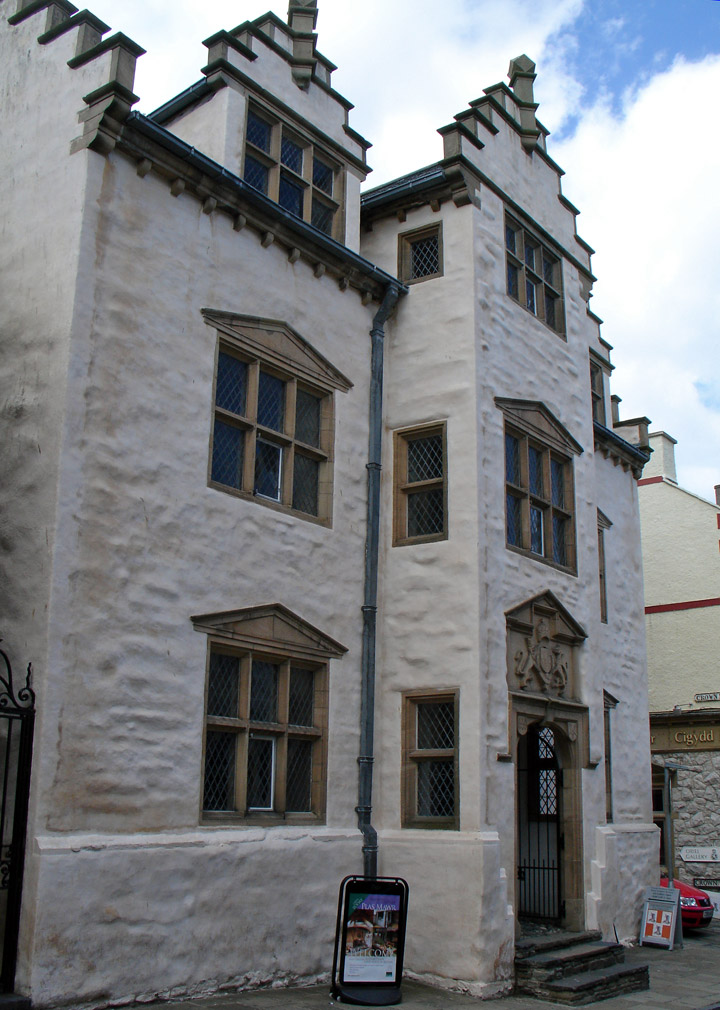
Plas Mawr
a Elizabethan Town House
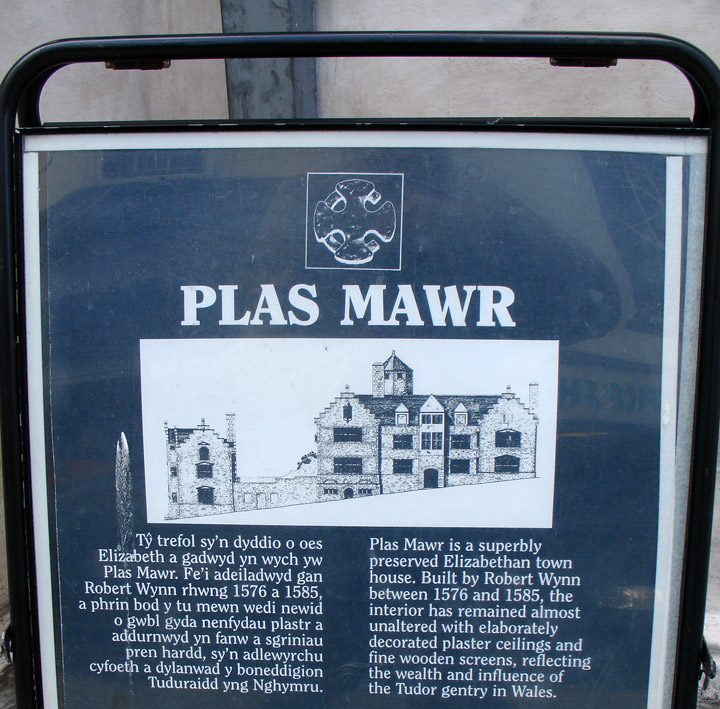
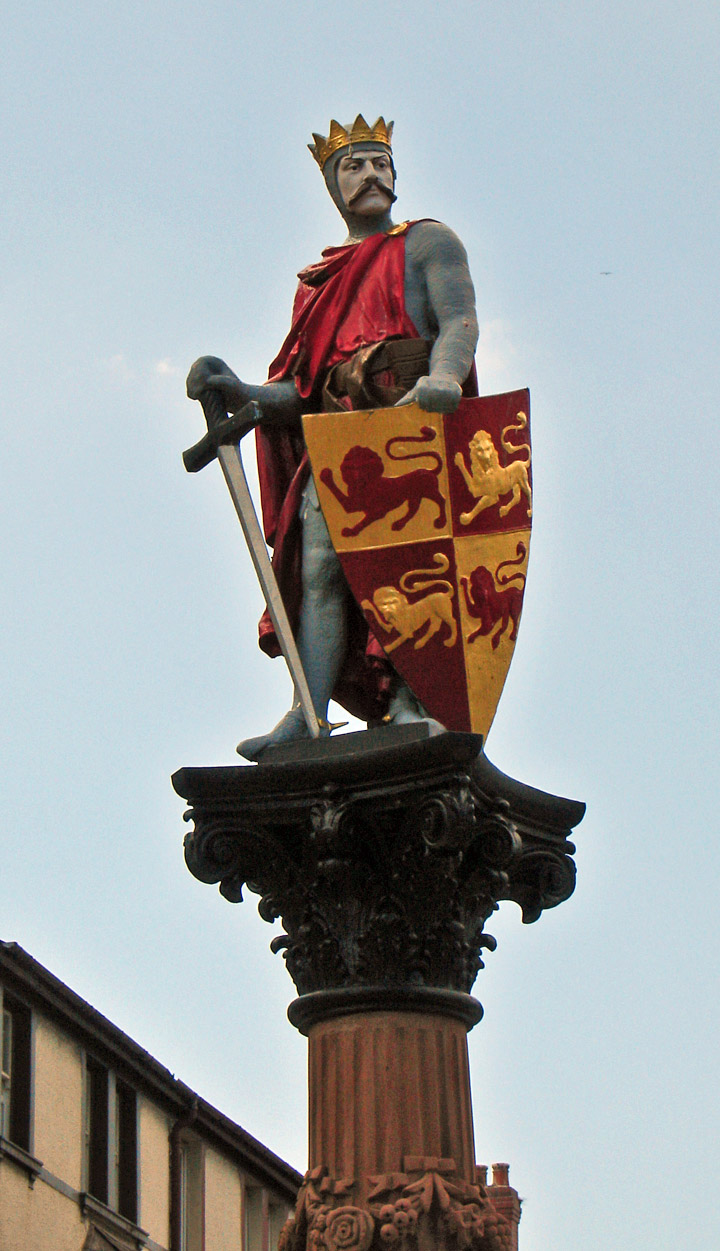
Ruling Monarch
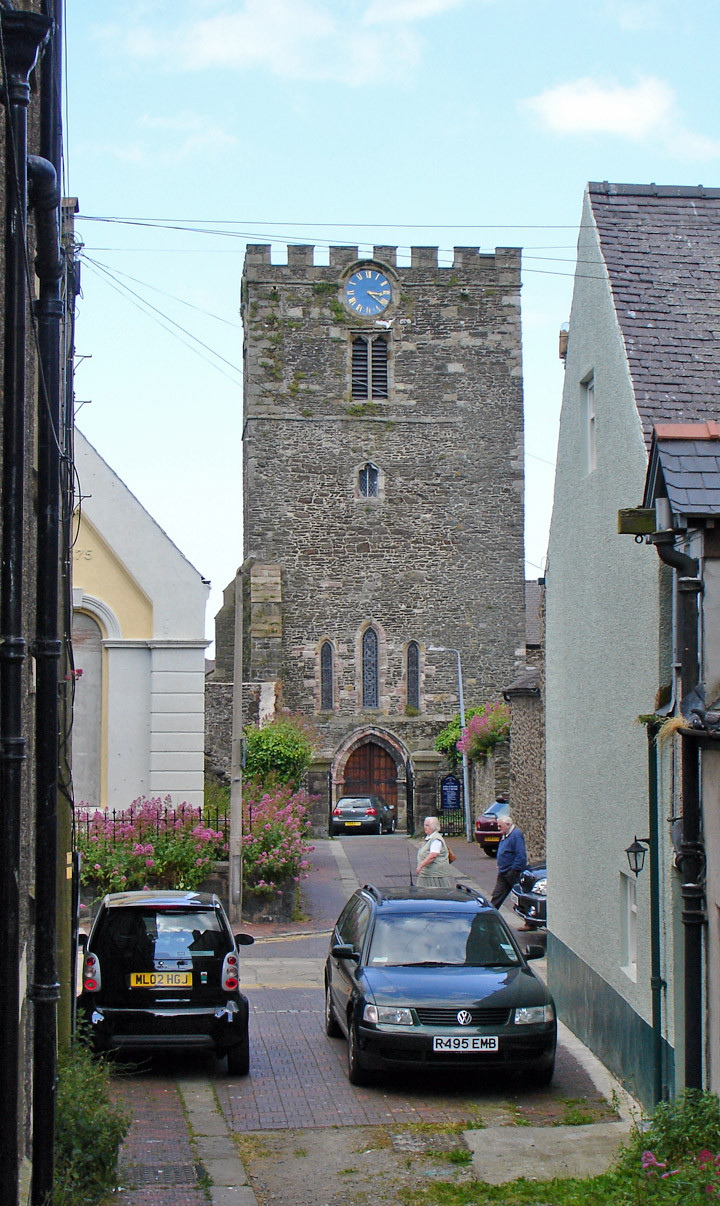
St. Mary's
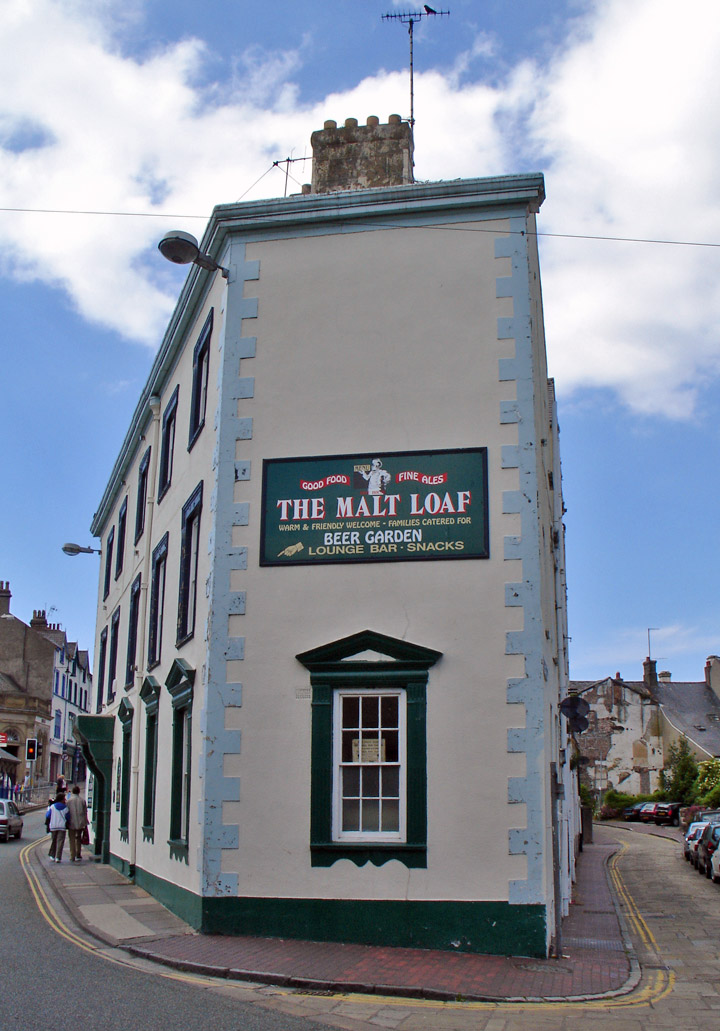
The Malt Loaf
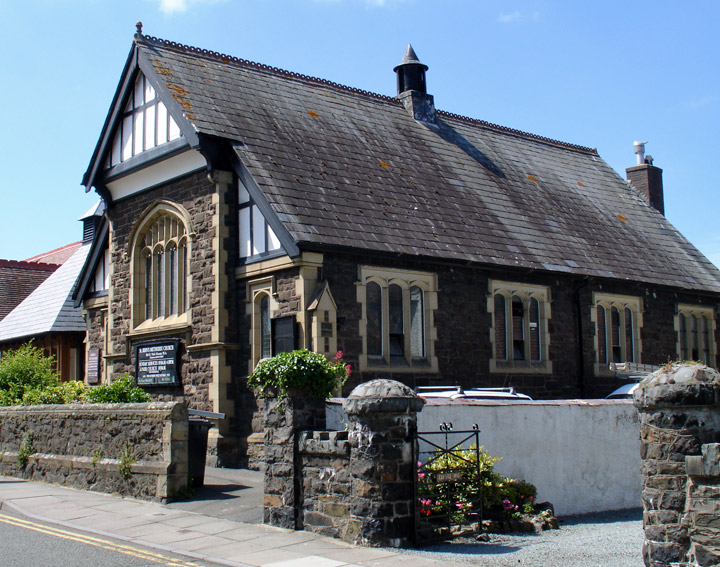
a church outside the walls

comfortable living
Return to Wales Elderhostel page